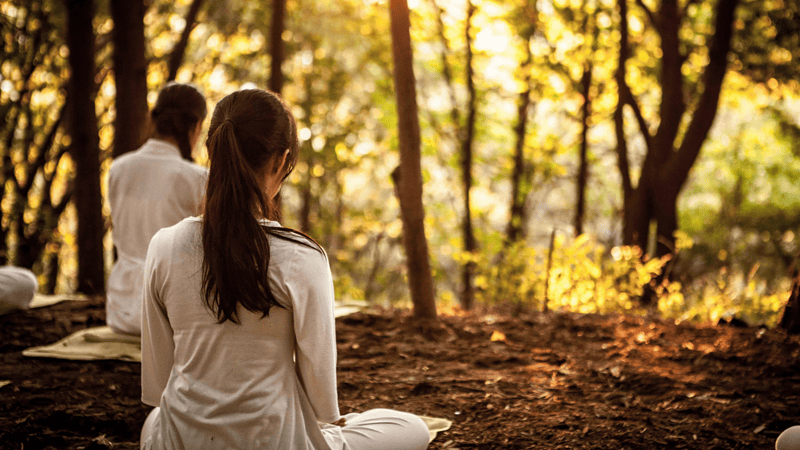
Coping with Catastrophes
Strong wind and heavy rain were expected the night of September 28. Catastrophe wasn’t. As Hurricane Helene landed in Western North Carolina, where I’ve made my home for the last four years, I was awakened throughout the night by falling branches and the whirring sounds of gusting winds.
Reading time: 3 minutes
At 4:30 a.m., when I mustered the courage to leave my bed, I found that I had lost power and water. Flashlight in hand, I stumbled around in darkness, stepping in puddles from my leaking roof. One day earlier, the locals had assured me: Don’t worry; hurricanes never happen in the mountains.
But Helene did. A large tree fell across our roof, and wind gusts of 120 mph knocked down many trees across our wooded lot.
After the storm, our neighbourhood was inaccessible. Washed out roads with flooded fields, downed trees and powerlines all became visible signs of the chaos Helene wrought in communities throughout the area. Whole towns, like Chimney Rock, Linville Falls, and Lake Lure were almost wiped away.
Yet worse, the tally of dead and missing kept—and continues to keep—climbing.
As I write, recovery is in progress, but it’s slow. Although flood waters have receded, the damage they’ve caused is ongoing. People have lost their livelihoods, homes, and their way of life. It’s as if this small part of the world has turned upside down and might never be righted.
Through the tragedy, however, we’re all coping. Communities are coming together to help each other, and volunteers keep showing up from all over the country. And for this help, we’re incredibly grateful.
But beyond the physical devastation, there’s been emotional and psychological devastation as well. And for this more internal challenge, I’ve come to value the practices I’ve developed over the years—practices that offer refuge, solace, and strength.
Which is why I suggest that before unexpected climatic events such as hurricanes, heatwaves, drought, flooding, wildfires, and tornados disrupt your corner of the world, you find the practices now that will be there for you, like trusted friends, when bad stuff happens.
I have a new appreciation for the benefits of my practices: meditation and yoga, which I’ve been doing together regularly for decades. And below, I’d like to offer my routine in hopes that you’ll be encouraged to borrow from it or create your own.
Coping with Catastrophes: Yoga in the Time of Climate Change
- Begin with an uplifting meditation, perhaps from an app (like Insight Timer), followed by a ten-minute silent, mindfulness meditation, to include belly, or diaphragmatic, breathing.
- Move into Table-Top (aligning the body: wrists beneath shoulders, hips beneath knees).
- Begin Cat-Cow, with balancing extensions (to open up the core, find one’s centre of gravity, and invite flexibility into the three parts of the movable spine).
- Lengthen and lift the body into Plank (for strength in the upper body and core)
- Pull the knees down to Table-Top and slide back into extended Child’s pose (processing through the body whatever arises).
- Move Back into Table-Top, then into Downward Facing Dog (so that the head is lower than the heart, and the heart leads).
- Walk or jump feet to meet hands in a Standing Forward Fold, using the breath to release the upper body and engage the hamstrings and lower back).
- Lift the arms out to the side in a wide circle, allowing the palms to meet above the head before bringing sealed palms down to heart centre.
- Move into Warrior I (grounding the hips and lifting breath-energy to the heart and upper body).
- Step back, feet wider than the mat, and move into Warrior II (channelling through the breath to find strength in one’s inner warrior).
- Move to Five-Pointed Star (bending then from the hip creases into a wide-legged Forward-Fold).
- Shift into Eagle pose (ending with uplifted arms, simulating flight, as if unburdened).
- End in Mountain pose (to channel strength, alignment, and stability).
As unexpected climate events are becoming increasingly frequent, and social media only adds stress to the mix, I think most would agree we live in a world of potential overwhelm.
My antidote—and the one I suggest—is your yoga practice (with some centering meditation). Know what works for you. And then, when you need it most, it will be there.





